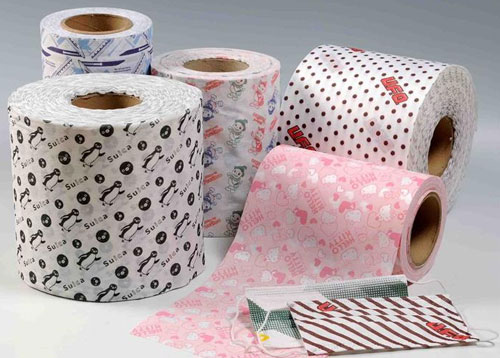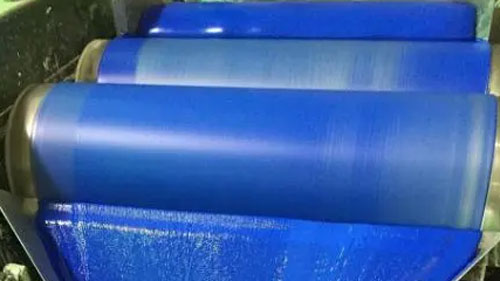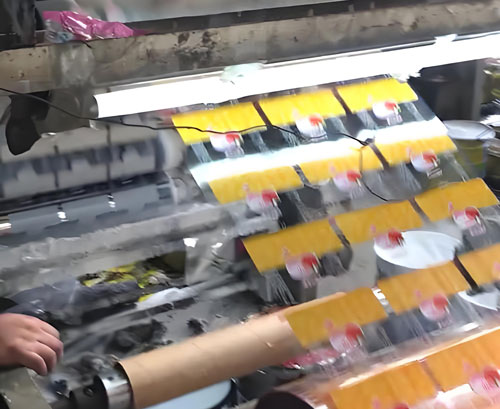How to choose raw materials for water based plastic film ink
The nature of the ink mainly depends on the resin.
Water based resins can decide the viscosity, adhesion, gloss, drying and adaptability of water-based inks. Water-based acrylic copolymer resin can be treated as the ink binder. Since it offers significant advantages in terms of gloss, it is also resistant to weathering, heat, water, chemicals and stains, so it doesn't matter where it is dispersed directly.
Pigment dispersibility and wettability are the two most important performance indicators of water-based ink resin. Select an alkali-soluble polymer with hydrophilic functional groups in the resin. Amines are used to neutralize the carboxyl groups on the side chains to form salts to provide water solubility. The amount and type of amine have a great influence on the hydration of the polymer and the performance of the hydrated coating. The higher the degree of neutralization, the higher the viscosity of the ink will be. Generally, it is better to control the H value at 7.5-8.5.

1. The choice of emulsion acrylic resin
The binder resin channel of water-based inks often includes these below components.
1-1. A highly hydrophilic water-soluble resin used to disperse pigments.
1-2. Hydrophobic emulsion used to adjust rheology, adjust drying properties, film resistance and non-film forming properties.
1-3. Emulsion resin is the main film-forming resin, and it has no shear and freeze-thaw stability. There are few hydrophilic functional groups, and the printing film has good resistance. However, the film has poor resolubility and is easy to block the plate during printing.
The types and dosages of the three resins should be screened through comparative tests.

2. Selection of water-based pigments
Water-based inks are colored with pigments, which require good pigment dispersibility and alkali resistance. Even if some of them can be used, the color saturation is often insufficient. The most suitable is to use high solid content pigment cake. This kind of high solid content pigment can increase the tinting power by 5%-15%, and has bright color, low viscosity and stable system. Users only need to disperse at high speed, which simplifies the ink manufacturing process.
In order to reduce costs, you can choose bright-colored organic pigments. For example, Lithol Red(Pigment red), Golden Red(Pigment red), Phthalocyanine Blue(Pigment blue), Phthalocyanine Green(Pigment Green), Benzidine Yellow(Pigment Yellow), Permanent Yellow(Pigment Yellow), etc. Titanium dioxide is used for white, and high-pigment carbon black for black. The addition of surfactants helps to disperse and stabilize the pigment particles.

3. Selection of additives
The role of additives in water-based inks is more important than that in solvent-based inks. Additives can improve and enhance the shortcomings and stability of water-based inks. In general, these chemical additives include wetting agent, dispersing agent, leveling agent, defoaming agent, anti-wear agent, slip agent and crosslinking agent, etc.
We often encounter some customers whose samples cannot pass the test. After discussions between the other party's engineers and our engineers, we found that the general problem mainly occurs in the formula ratio. When designing a formulation, the manufacturers have to consider the physical and chemical properties of the ink. Besides, they also need to make adjustments based on how the ink is used on the printing press and the quality of the printed product. If there are special circumstances, iSuoChem will also send our technical engineers to provide on-site guidance to customers.